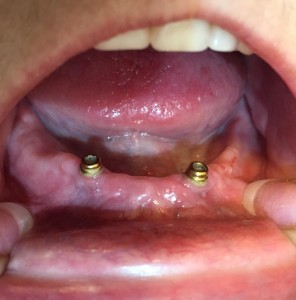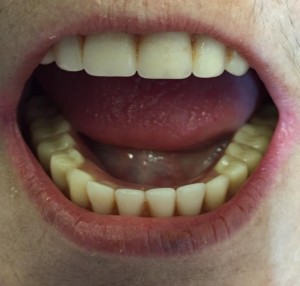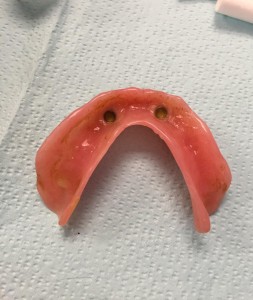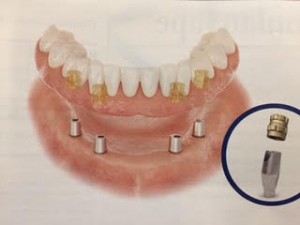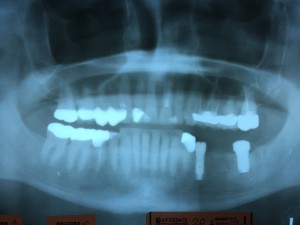


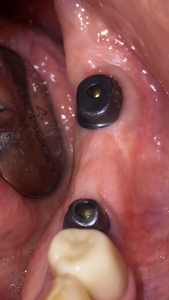

For home teeth whitening, Dr. Gentry recommends Opalescence Go.
Opalescence Go is the professional alternative to over-the-counter whitening options that Dr. Gentry recommends, and has for sale in his office for only $50 per kit. It’s a simple, fast, and great-tasting way to start a whitening treatment, or for whitening touch-ups. With no impressions or custom trays necessary, Opalescence Go is ready to use right out of the package!

Invisalign® straightens your teeth without wires and brackets, using a series of clear, customized, removable appliances called aligners. It’s virtually undetectable, which means hardly anyone will know that you’re straightening your teeth.
The Invisalign System combines advanced 3-D computer graphics technology with 100-year-old science of orthodontics. Invisalign aligners are designed to move your teeth in small steps to the desired final position. Each aligner is precisely calibrated and manufactured to fit your mouth at each stage of the treatment plan. Your first step is to visit our office and see Dr. Jeanette Coutin-Gentry to determine if Invisalign is right for you. Dr. Coutin is an Invisalign Certified Preferred Provider with many years of experience with Invisalign.
After sending precise treatment instructions, Invisalign uses advanced computer Invisalign technology to translate these instructions in a sequence of finely calibrated aligners — as few as 12 or as many as 48. Each aligner is worn for about two weeks and only taken out to eat, brush and floss. As you replace each aligner with the next, your teeth will begin to move gradually — week-by-week until the final alignment prescribed is attained. Then you’ll be smiling like you never have before!
While the results may appear the same—a confident, beautiful smile—when you stop and actually compare Invisalign® to other teeth-straightening options, the advantages become quite apparent. Knowing the pros and cons of each option ahead of time will help you make a more confident decision.
-Invisalign Advantages over Braces –
| COMPARISON CHART | INVISALIGN/ | BRACES |
|---|---|---|
| Effectively treats a wide variety of cases, including crowding, spacing, crossbite, overbite and underbite. |  |
 |
| Straightens your teeth. |  |
 |
| Allows you to eat whatever foods you enjoy. |  |
|
| Lets you remove the device when you want. |  |
|
| Lets you enjoy virtually invisible teeth-straightening. |  |
|
| Allows you to brush and floss your teeth normally for better periodontal health. |  |
|
| Consists of smooth, comfortable plastic instead of sharp metal that is more likely to irritate your cheeks and gums. |  |
|
| Frees up your busy schedule, with office visits only every four to six weeks. |  |
|
| Invisalign Teen®: Provides up to six free replacement aligners if lost or broken.* |  |
Dr Gentry cementing some of his porcelain crowns
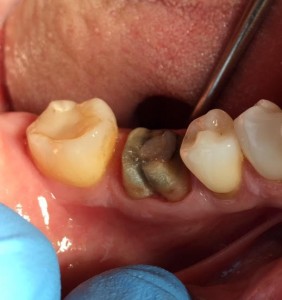
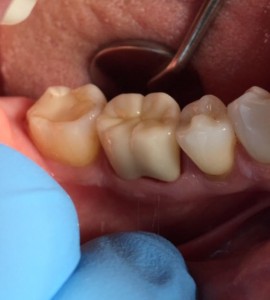


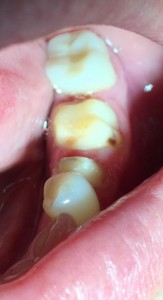
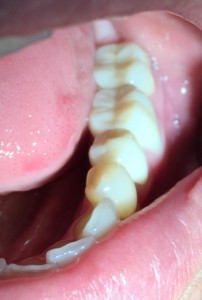




Occasionally Dr. Gentry will recommend a gold crown for a back molar if the patient constantly clenches their teeth or is a severe grinder.
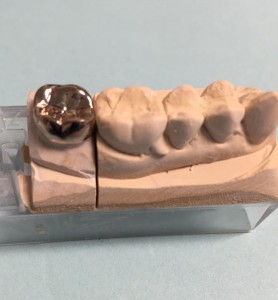


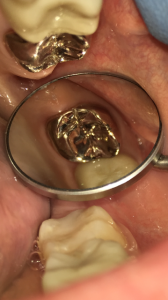
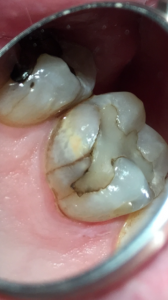
If when you bite down, you feel a sharp pain you may have a cracked tooth. A tooth crack may have been caused by:
If you feel pain when you bite down on a tooth please let Dr. Gentry know and he will evaluate the tooth and discuss the best treatment protocol for you. If treated early, the cracked tooth possibly can be treated with a bonded filling or a crown. If the crack is deeper the tooth may require a root canal or even extraction.
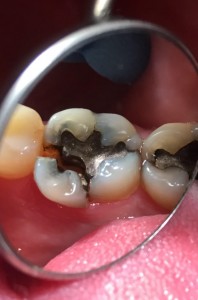
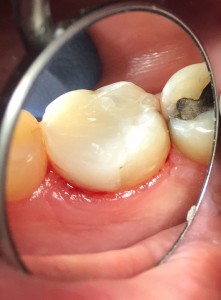
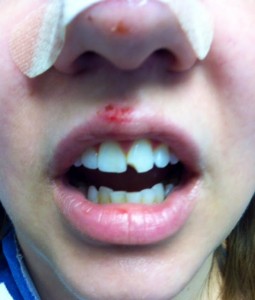
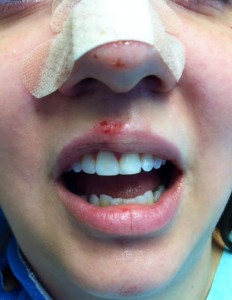
If the crack is deep or extends down the root, the tooth may need to be extracted.


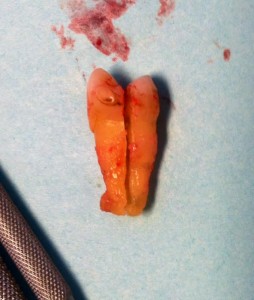
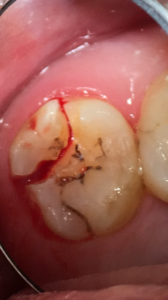
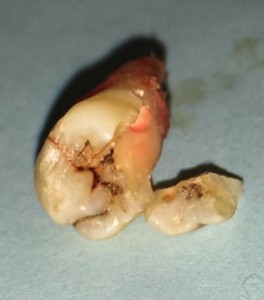
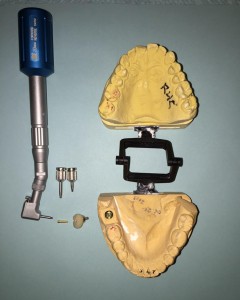

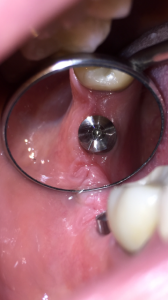
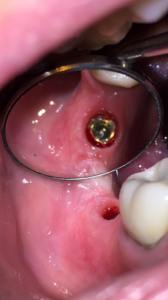

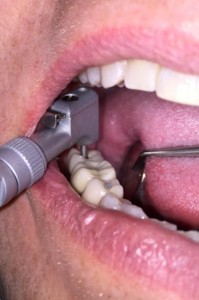


Too many people who have conventional dentures don’t wear them for the simple fact that they don’t stay in place. Dental Implants offer a way to keep dentures in place and allow you to go about your daily life with confidence.
 The use of dental implants to stabilize dentures has proven to be successful for many people. The number continues to grow as word spreads about the effectiveness and long-term durability of the treatment. In fact, it has been reported that dental implants have the highest success rate of any implanted surgical device.*
The use of dental implants to stabilize dentures has proven to be successful for many people. The number continues to grow as word spreads about the effectiveness and long-term durability of the treatment. In fact, it has been reported that dental implants have the highest success rate of any implanted surgical device.*
Millions of people around the world are missing enough teeth to require the use of a denture. Many of them struggle to keep their dentures secure, particularly in the lower jaw. If you have this problem, you already know about the embarrassment of slipping dentures, not being able to eat the foods that you love and the ineffectiveness of denture adhesives. Fortunately, there is a way to make your denture work the way it was intended: stabilize it with dental implants.
